Yoga is an art of physical, mental, and spiritual disciplines in the form of asanas. If you are wondering what is yoga? It got its modern name from the Sanskrit root Yuj, meaning ‘to join’ or ‘to unite as first mentioned in the Rig Veda.
Yoga for Yogis is the means to escape the illusion of the world and flow freely despite any worldly sufferings or any sort of bodily needs. Meanwhile, the modern world has been a devotee of Yogas and yogis while its origin has been something to ponder about.
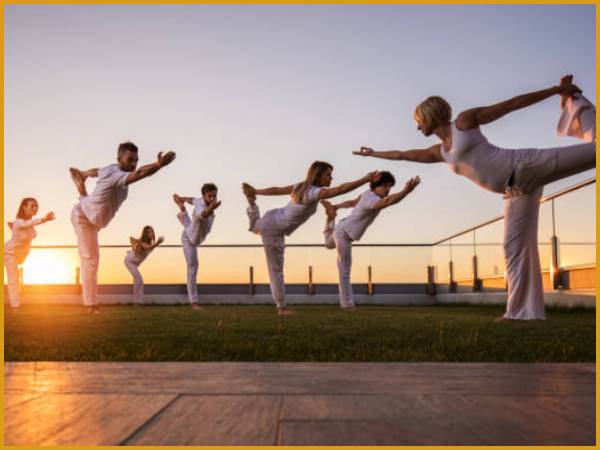
While it is getting more popular in the western world these days, here we present its types. To date, eight popular yogas are Ashtanga, Hatha, Hot, Iyengar, Kundalini, Power, Restorative, and Vinyasa yoga.
Yoga’s History in the Modern and Western World
Today’s Modernized Yoga mainly focuses only on the breathing portion and asanas. It’s different than the yoga forms which required skill gurus and were done under their guidance. These days, it is more like a form of exercise than a body, mind, and soul alignment.
What is the history behind yoga?
One can argue modern yogis prioritize only physical aspects like asanas than mental and spiritual aspects, unlike classical and post-classical ones. Thus, western evolution is not much inclined towards the attainment of self, it’s just more of a flexibility thing. Doesn’t mean everyone does that, it’s just a generalization.
Western yoga was first mentioned in the treaties in English by N.C. Paul in his book, A Treatise on Yoga’s Philosophy, 1851. The not-so-popular Yoga got popular in the western world in the 1950s through a book by a Romanian Scholar, Mircea Eliade ( Immortalité et Liberté, 1954).
This book focuses on asanas (bodily positions) to prepare oneself for pranayama and meditation. For his book, Eliade got inspired by a treaty on Hatha Yoga (comprehensive history of hatha yoga) from the 15th century. It talks about the balance between body and mind.
Also, Read 5 Amazing facts about the Pre-Aryan symbol Swastika!
Swami Vivekananda introduced yogas to the Western world
Here’s the history of the development of yoga in the western world.
Yogi Swami Vivekananda was the first to shed some light on yoga in the west. His travel fuels his effort to educate western society about yoga and its importance. For easing their study, he also translated the whole yogas’ scriptures from Sanskrit to English.

Also, Read Know The Secret to the Powerful Ganesh Beej Mantra!
How did Classical and Post-classical Yoga Originate?
Though some Historians and Researchers believe a critical history of yoga came from India over 5000 years ago, the emergence of the same has no single founder.
Hindu devotees argue that Lord Shiva as a true Yogi first passed its realm to Saptarishi (seven mighty sages). In the discourse, As mentioned in the timeless Book, Bhagavad Gita, Lord Krishna was the first to pass the ancient history of yoga to Surya Dev.
Since the beginning, it developed from the Indus-Sarasvati civilization and became as popular as the mantras, rituals, and holy scriptures themselves.
On the other hand, the Basic History of yoga by Sage Patanjali based on his research made up the ancient compilations of Yoga-based texts into a single book called Yoga Sutras. His main intention was to preserve its ancient history.
While its origin is still being questioned, one must recall how it is addressed in the ancient scriptures. Its existence is pervasive in all four Vedas, 108 Upanishads, Buddhist and Jain texts, Darsanas, and epics like Mahabharata and Ramayana.
What yoga actually does?- It consists of several activities like breathing, meditating, and physical body stretching. Often the combination of these all tends to bring mind, body, and soul in perfect balance. One feels the ultimate realization of the true self and became Yogi when drained with the true knowledge flown by the asanas you perform.
source: VedicFeed
Also, Read Here’s How You Make the Easy Interpretation of Gayatri Mantra!
Some Interesting QnAs on Yoga
When is International Yoga day celebrated?
International Yoga day falls on June 21 each year. Hon’ble Prime Minister Shri Narendra Modi was the first to introduce Yoga day on June 21st, 2015. Also, Tune in for the history of the International day of yoga.
It was on the theme of “yoga for Harmony and Peace“, marking it the longest day of the year in the Northern hemisphere.
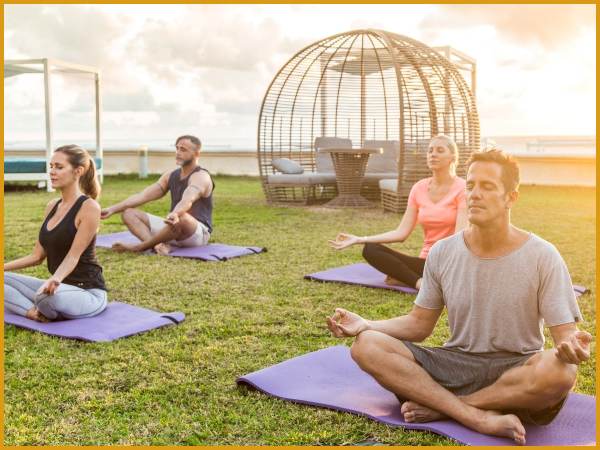
Who is the father of modern yoga?
Tirumalai Krishnamacharya (18 November 1888 – 28 February 1989), an Indian yoga teacher, ayurvedic healer, and scholar is known as the father of Modern Yoga.
Also, Read Real or Fake? Expert Argues on the Truth of Vedic Astrology!
What is the best book on the history of yoga?
Here are the 5 basic books on the brief history of yoga and meditation. You may go through one of these books for the general history of yoga.
- Yoga Sutras of Patanjali – 1882
- Light of Life: The Yoga Journey to Wholeness, Inner Peace, and Ultimate Freedom (B.K.S Iyengar) –2005
- Light on Yoga (B.K.S Iyengar) –1966
- Autobiography of a Yogi –Paramahansa Yogananda, 1946
- Asana, Pranayama, Mudra, bandha ( satyananda Saraswati, 1969)
One can also go through the book for beginners, A student’s guide to the history and the philosophy of the yogas by Peter Connoly. You can also get a free brief history of yoga pdf from the different online platforms.
What is the dark side of Yoga?
One might be quite surprised to know that yoga does have some dark tendencies. While yogis in their day-to-day life preach the amount of good yoga has done for them, others might not know this dark side they are hiding.
Yogas are meant for relaxing and boost the flexibility of the body and aid you improve your breathing process but on the contrary, something’s not okay.
For one who does yoga practices as a part of the competition, intense yoga can be quite stressful and painful.



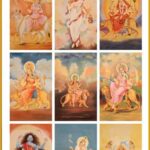
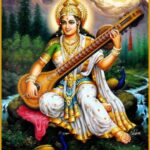















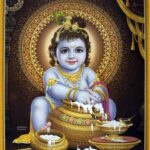
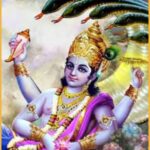
No Comment! Be the first one.